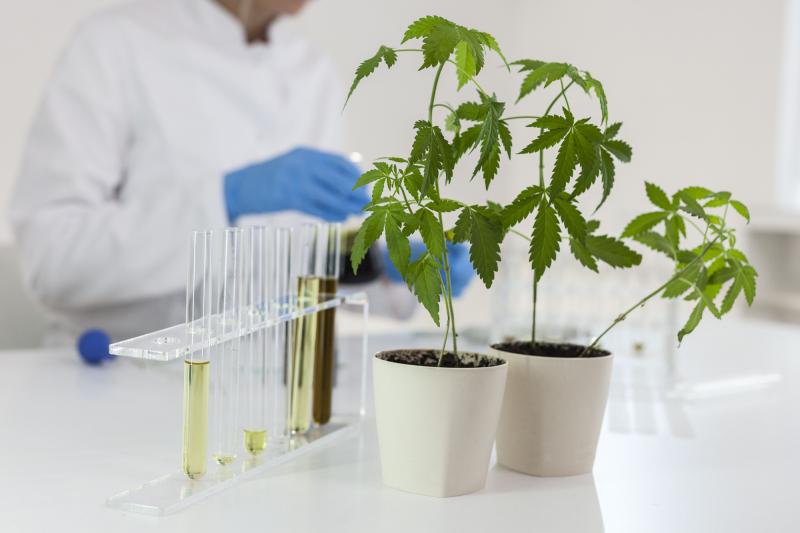Cannabis products are gaining popularity as more states legalize medical and recreational marijuana use. However, with the growing cannabis industry comes the responsibility of ensuring these products are safe for consumers. Cannabis testing plays a crucial role in quality control and consumer protection.
Regulated Testing Standards
Most states with legal cannabis programs require dispensaries to test their products for cannabinoid potency, terpene profiles, moisture content, pesticides, heavy metals and microbial contaminants. Testing standards and pass/fail limits vary between states but generally aim to ensure products are accurately dosed and free of contaminants that could pose health risks. Strict testing helps build consumer confidence by differentiating legal, quality-controlled cannabis from the unregulated illicit market.
Testing for Potency and Composition
One of the primary goals of testing is analyzing the potency and cannabinoid profile of cannabis flower, extracts and infused products. Laboratories use Gas Chromatography or High Performance Liquid Chromatography to accurately measure levels of THC, CBD, CBG, terpenes and other compounds. Precise potency labeling allows medical patients to obtain consistent, predictable effects and recreational consumers to enjoy a known experience. Testing also verifies products contain only advertised cannabinoids and no unexpected psychoactive compounds.
Screening for Contaminants
A major function of cannabis testing is screening products for contaminants such as heavy metals, pesticides, microbes and residual solvents that could pose health risks to consumers. Sophisticated analytical methods like ICP-MS, GC-MS and microbial testing detect contaminants down to parts-per-million or billion levels. Any products testing above state limits are rejected and prevented from entering the legal distribution system. This screening helps ensure the safety of the rapidly growing cannabis consumer base.
Testing for Microbial Contaminants
One particular class of contaminants that cannabis testing aims to detect are microbes including molds, bacteria and viruses. While not inherently toxic, microbial contamination can adversely affect product quality and safety. Laboratories employ techniques like aerobic plate counts to look for total microbial load and check for objectionable pathogens. All legal cannabis must pass strict limits for microbes like Salmonella, E. coli and Aspergillus to prevent consumer infections. Microbial testing plays an important role in quality control.
Addressing Testing Challenges
While cannabis testing provides quality assurance and safety, the industry still faces some challenges. Laboratories must adopt rigorous standards for sample handling, storage and equipment cleaning to prevent cross-contamination during the testing process. Tests also need to account for matrix effects that could interfere with analyte detection. Cannabis testing is also resource-intensive requiring specialized, expensive instrumentation and highly trained staff. Finally, testing protocols must continuously evolve to address new contaminants and ensure testing standards are stringent enough protect public health.
Ensuring Consistency Through Acccreditation
To ensure consistency across labs, some states require Cannabis Testing facilities to obtain ISO/IEC 17025 accreditation by demonstrating technical proficiency through comprehensive validation studies. Accreditation bodies evaluate testing SOPs, staff qualifications, equipment calibration and quality control sample analysis. Labs must also undergo regular proficiency testing through a third-party provider. Consistent, accurate testing is most achievable when labs follow rigorous accreditation standards. As testing technologies advance, harmonized accreditation guidelines will be crucial.
The Future of Cannabis Testing
As the cannabis industry continues growing, testing standards will likely become more sophisticated and stringent over time. Point-of-sale testing devices may soon screen products on dispensary shelves. Testing may also expand beyond safety/potency to identify optimal cultivars and adventitious contaminants earlier in production. Advances in analytical techniques will allow detection of an ever-widening range of potential contaminants down to parts-per-trillion. Testing will play an increasing role in enabling global cannabis trade by building consumer confidence through proven quality control. With continuous improvement and harmonization, cannabis testing aims to solidify the emerging cannabis industry as safe, regulated and predicable.
Explore more information on this topic, Please visit-
https://www.newsstatix.com/cannabis-testing-market-share-size-and-growth-share-trends-analysis-demand-forecast/
Explore more trending article Related this topic:
https://masstamilan.tv/antimicrobial-susceptibility-testing-a-key-weapon-in-the-fight-against-antimicrobial-resistance/
